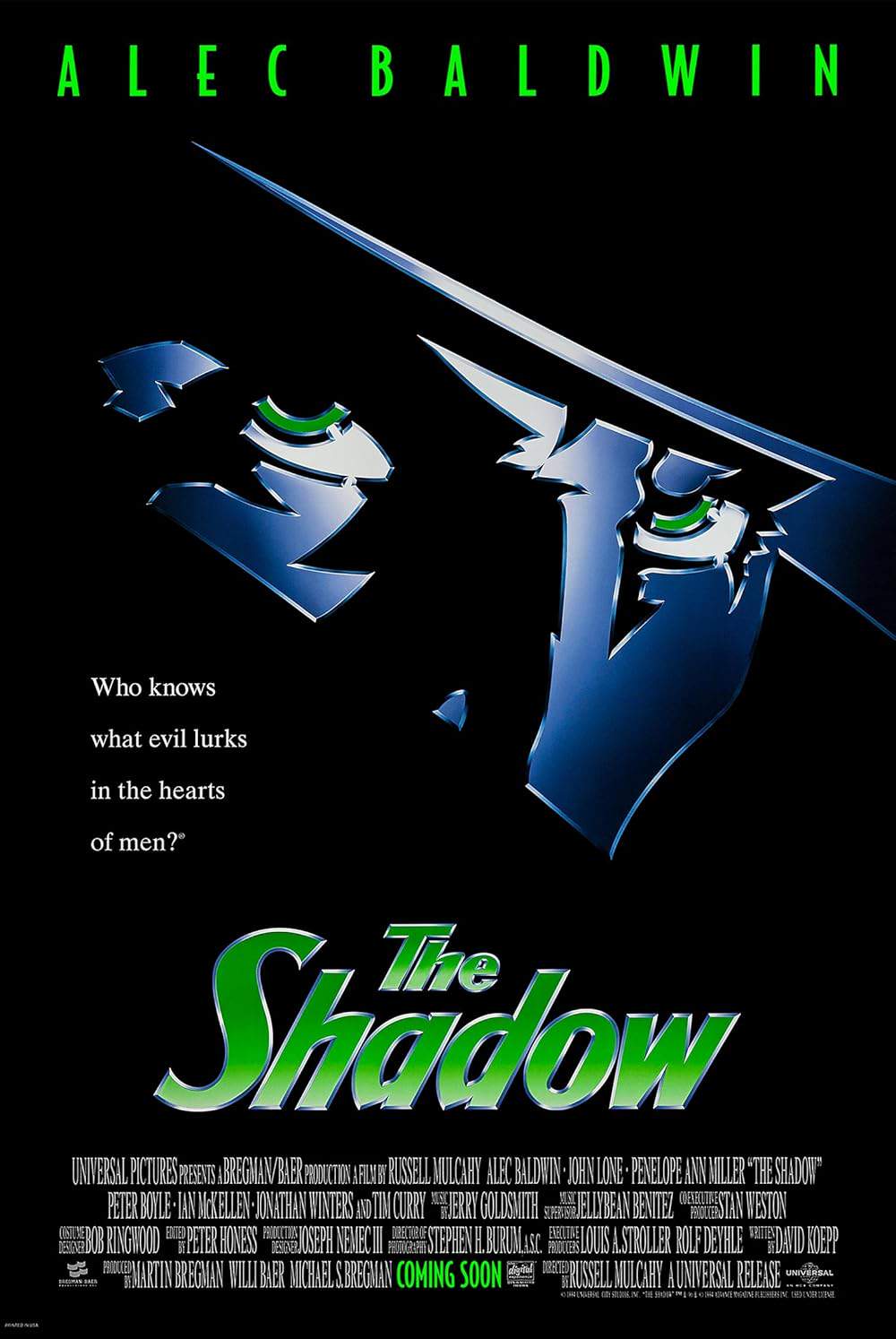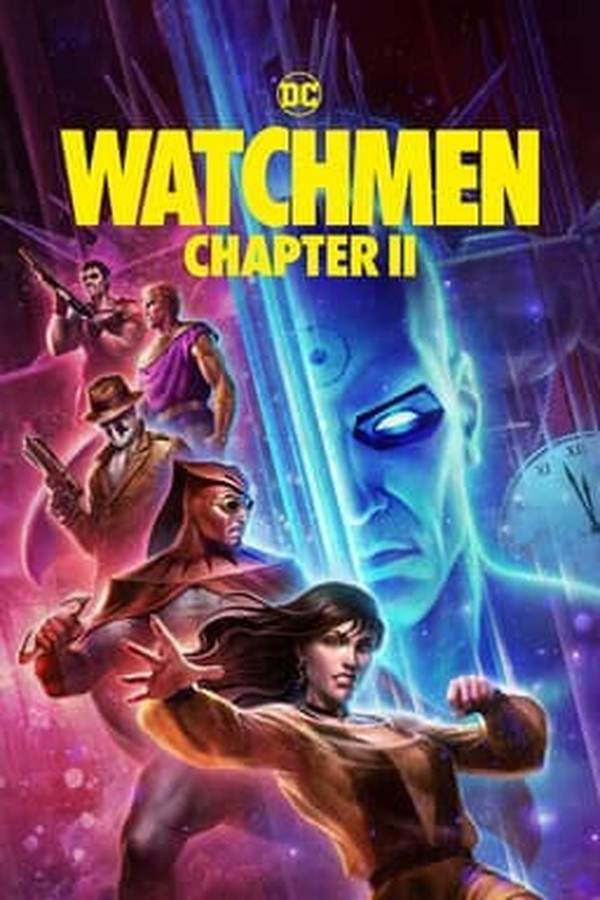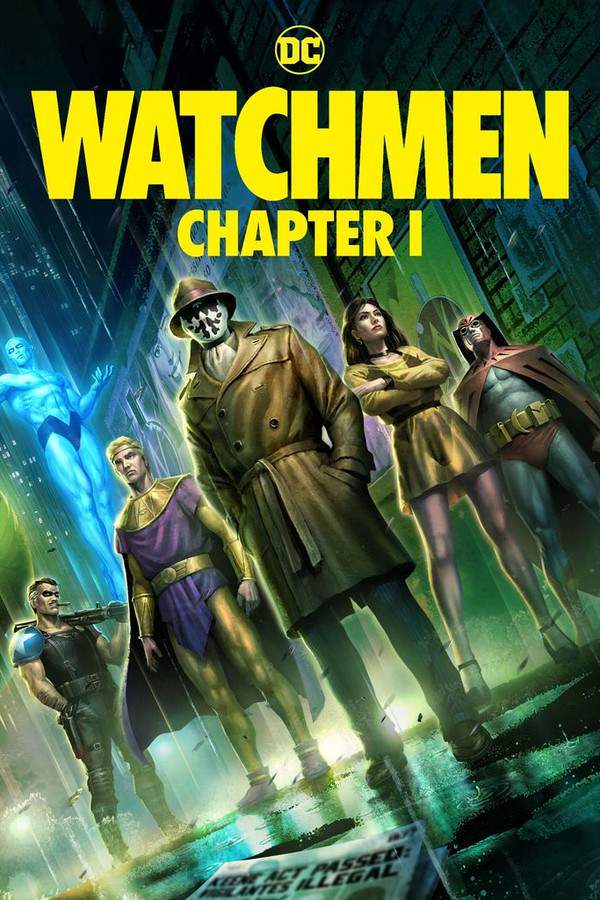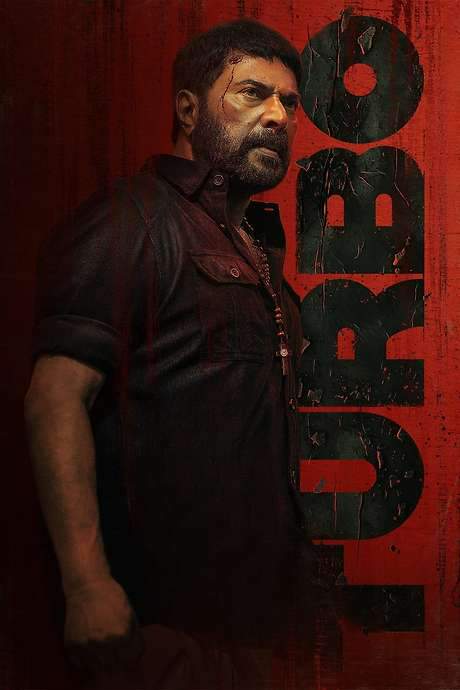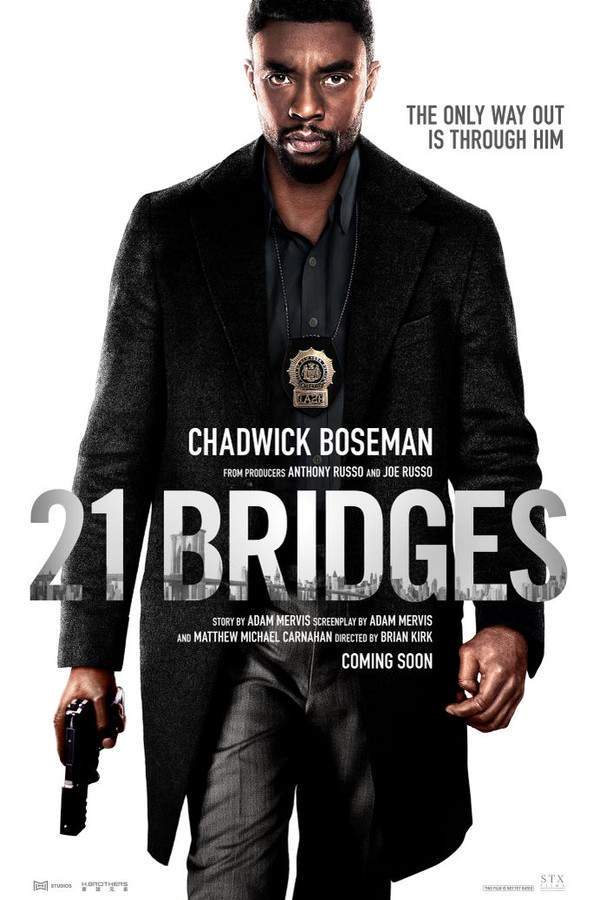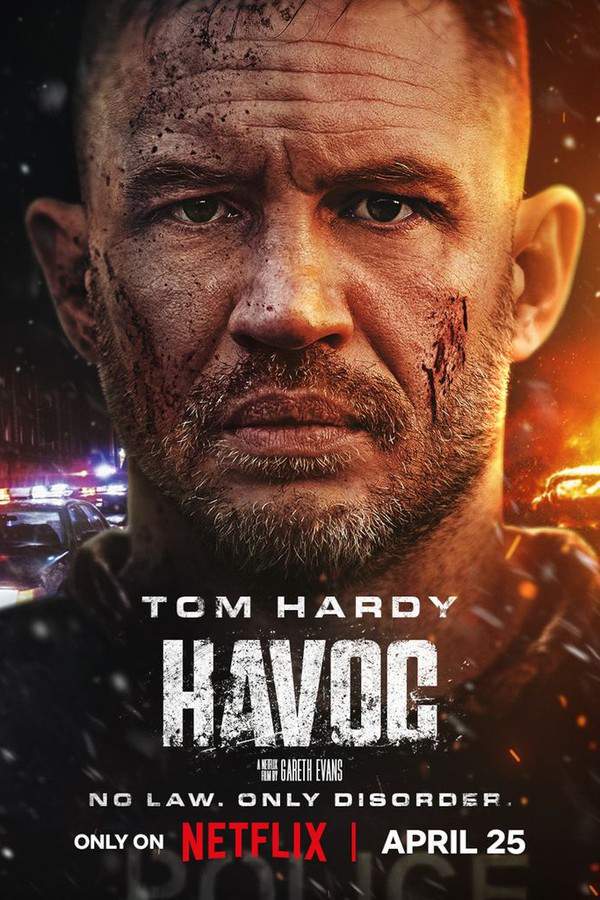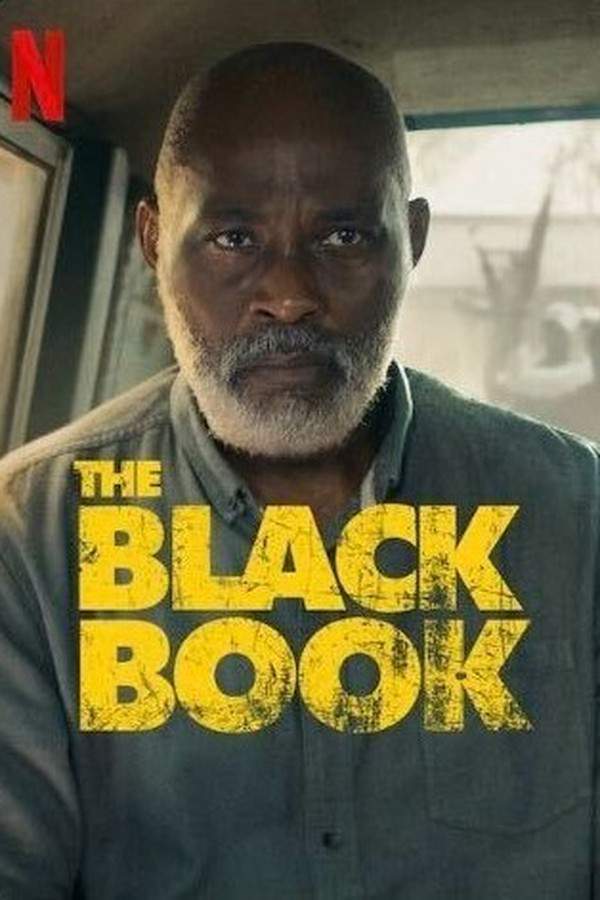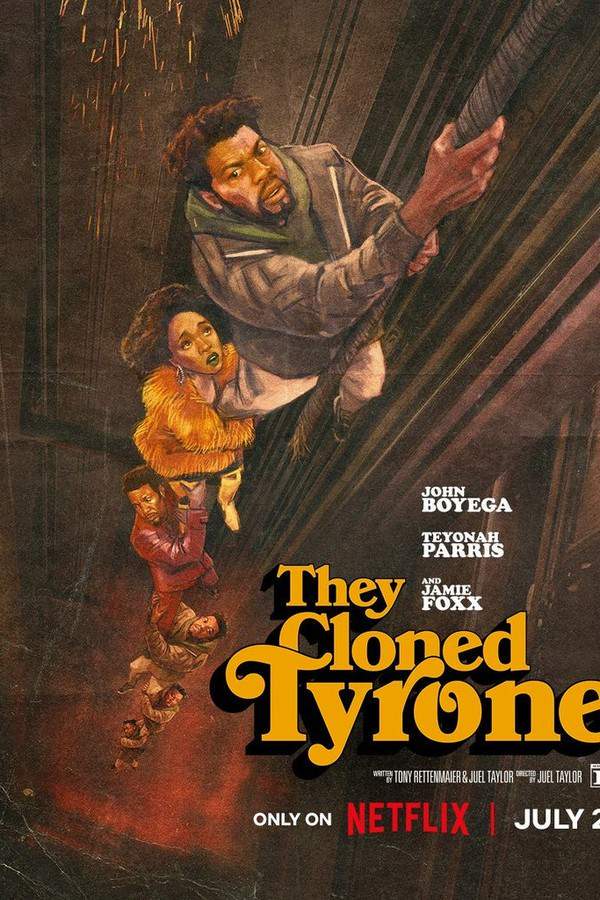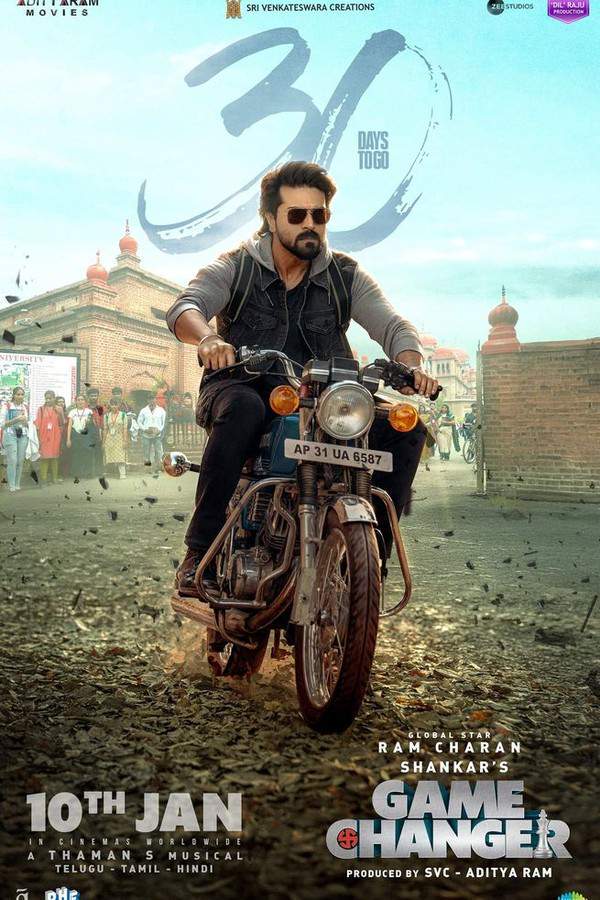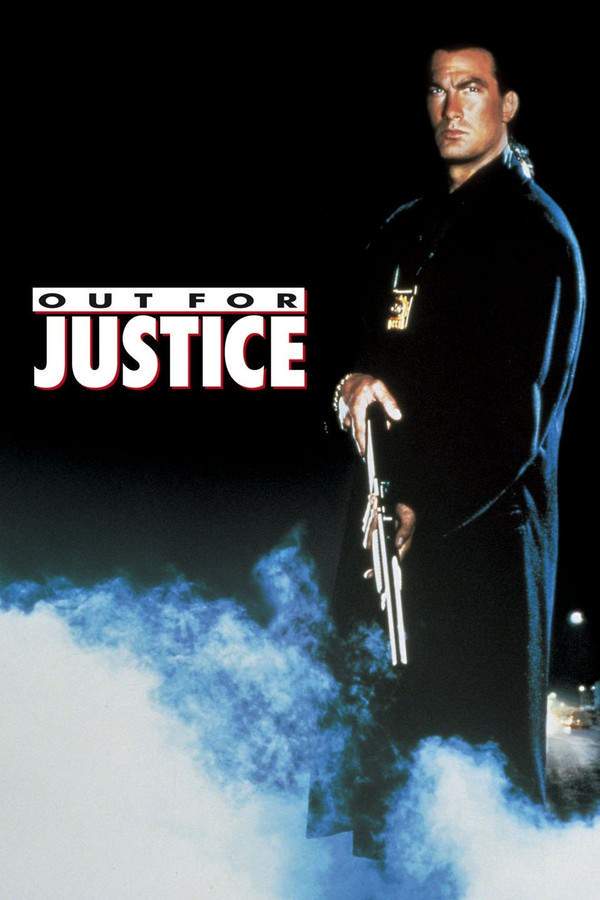
Justice League: Gods and Monsters
Year: 2015
Runtime: 76 mins
Language: English
Director: Sam Liu
In an alternate universe, a sinister plot unfolds as the iconic DC Trinity—Superman, Batman, and Wonder Woman—find themselves framed for an embassy bombing. Hunted by the government, these powerful figures must fight to clear their names and uncover the truth behind the attack. This dark and twisted reality pits heroes against the very system they once protected.
Warning: spoilers below!
Haven’t seen Justice League: Gods and Monsters yet? This summary contains major spoilers. Bookmark the page, watch the movie, and come back for the full breakdown. If you're ready, scroll on and relive the story!
Justice League: Gods and Monsters (2015) – Full Plot Summary & Ending Explained
Read the complete plot breakdown of Justice League: Gods and Monsters (2015), including all key story events, major twists, and the ending explained in detail. Discover what really happened—and what it all means.
In an alternate universe, the Justice League—Batman [Michael C. Hall], Wonder Woman [Tamara Taylor], and Superman [Benjamin Bratt]—is an autonomous, brutal force that maintains order on Earth, receiving mixed reactions from the public. The League’s hard-edged maneuvers ripple through society as three high-profile losses echo their tactics: scientists Victor Fries [Jim Meskimen], Ray Palmer [Dee Bradley Baker], and Silas Stone [Carl Lumbly] are killed by methods that eerily mirror the team’s own power. President Amanda Waller [Penny Johnson Jerald] immediately pushes for cooperation with the government’s investigation, trying to keep a lid on the growing controversy. Meanwhile, Superman invites Lois Lane [Paget Brewster] to the Tower of the Justice, where he opens up about his hopes to help humanity and candidly admits how little he truly understands about Krypton or his own heritage, a revelation that adds a personal layer to the political strain surrounding the League.
Batman uncovers an email sent to Silas Stone and several scientists, including Will Magnus [C. Thomas Howell], the man whose work helped bring Kirk Langstrom to life. Magnus gathers the remaining scientists—John Henry Irons [Khary Payton], Michael Holt [Arif S. Kinchen], Pat Dugan [Dan Gilvezan], Emil Hamilton [Trevor Devall], Karen Beecher [Kari Wahlgren], Thaddeus Sivana [Daniel Hagen], Stephen Shin [Eric Bauza], and others—for answers. Before they can speak, three robot assassins arrive via Boom Tubes and cut through the group, leaving Magnus as the sole survivor of the massacre. The brutal attack hardens the mystery and fuels a growing sense that someone inside the scientific community weaponized fear and loyalty to advance a hidden agenda.
The League temporarily shelters Magnus at the Tower while Superman heads to Lex Luthor’s satellite orbiting the Moon. Luthor reveals a chilling truth: Project Fair Play is a contingency plan designed to destroy the League if necessary, and he drops another bombshell—he reveals the truth about Zod to Superman. As Superman departs, a second robot, pulsing with Superman’s own powers, arrives and destroys the satellite, seemingly killing Luthor. Steve Trevor presents satellite footage of the explosion to President Waller, intensifying the political fallout and complicating the public’s view of the League. In response, Waller activates Project Fair Play, a formidable force featuring troops and vehicles powered by red solar radiation designed to weaken Superman and undermine the League’s grip on power.
As battles erupt between the army and the heroes, Batman remains inside the Tower and activates the forcefield, hoping Magnus can rally the team. Tina [Grey DeLisle], who can transform into the liquid metal Platinum, appears and subdues Batman before reviving Magnus with an organic nanite serum that heavily enhances his strength and healing. Magnus then reveals a devastating personal motive: he killed Tina after realizing she loved Kirk Langstrom, and he orchestrated the entire plot to push humanity toward a collective hive mind. He had joined Fair Play to secure resources for a Nanite Bomb project designed to link every mind.
The moment of truth arrives when Luthor, who miraculously escaped the explosion, teleports into the middle of the battlefield to reveal he has uncovered Magnus’ plan. Batman breaks free and shuts down the forcefield, giving the League a chance to respond. Batman confronts Magnus, while Wonder Woman faces Platinum, and Superman battles the Metal Men—who merge into a single, colossal machine. Wonder Woman uses a Boom Tube to hurl Platinum into the sun, a calculated move to remove the immediate threat. At the same time, Superman demolishes the Mother Boxes hidden within the unified Metal Man and then drives the creature underground, melting it in molten rock. The League succeeds in destroying the Nanite Bomb, and Magnus is defeated when he disintegrates himself with his nanites.
A week later, the Justice League is cleared of wrongdoing, and the world—alongside Lois Lane—is forced to reassess its relationship with the heroes. Bekka [Tamara Taylor] chooses to leave the League to confront her past, accompanied by Luthor, who has grown weary of this universe and longs to explore others. Before departing, Luthor hands Superman all Krypton data and urges him to become a true hero. In the end, Superman and Batman decide to use the knowledge to help humanity, signaling a cautious but hopeful recalibration of power and responsibility in a world watching the League with newly earned skepticism and curiosity.
Last Updated: October 03, 2025 at 06:46
Explore Movie Threads
Discover curated groups of movies connected by mood, themes, and story style. Browse collections built around emotion, atmosphere, and narrative focus to easily find films that match what you feel like watching right now.
Grim Alternate Universe Thrillers like Justice League: Gods and Monsters
Stories where familiar heroes or worlds are twisted by a darker reality.Discover movies like Justice League: Gods and Monsters, featuring dark reimaginings of familiar worlds. These similar stories delve into alternate realities where heroes are morally gray, conspiracies run deep, and the action is intense. If you liked the twisted take on the Justice League, you'll find more grim and thrilling parallel worlds here.
Narrative Summary
These narratives typically begin by establishing a familiar concept, only to swiftly subvert it with a darker, more cynical version of events. The plot often involves a central conspiracy or crime that the protagonists must unravel while being hunted or distrusted by the very society they inhabit, leading to a climax that questions the nature of power and justice.
Why These Movies?
Movies are grouped here based on their shared premise of a bleak alternate universe, a tone of moral ambiguity, and a focus on high-intensity action driven by political conspiracy. They create a coherent experience for viewers seeking twisted versions of iconic stories.
Framed and Hunted Conspiracy Thrillers like Justice League: Gods and Monsters
Powerful figures must clear their names while uncovering a sinister plot.If you enjoyed Justice League: Gods and Monsters, explore more movies where heroes are framed for a crime and must fight to uncover the truth. These similar thrillers feature high-stakes chases, complex conspiracies, and a tone of government distrust. Find your next watch among these stories of powerful figures fighting against the system.
Narrative Summary
The narrative follows a clear pattern: an inciting incident falsely implicates the hero, turning public and institutional forces against them. This forces the protagonist into a fugitive state, leading a personal investigation that reveals layers of deception, culminating in a confrontation that often leaves societal trust fractured.
Why These Movies?
These films are united by the core plot device of the protagonist being framed, which drives a fast-paced narrative of pursuit and discovery. The shared mood is one of suspense, paranoia, and a heavy emotional weight stemming from betrayal and the fight for vindication.
Unlock the Full Story of Justice League: Gods and Monsters
Don't stop at just watching — explore Justice League: Gods and Monsters in full detail. From the complete plot summary and scene-by-scene timeline to character breakdowns, thematic analysis, and a deep dive into the ending — every page helps you truly understand what Justice League: Gods and Monsters is all about. Plus, discover what's next after the movie.
Justice League: Gods and Monsters Timeline
Track the full timeline of Justice League: Gods and Monsters with every major event arranged chronologically. Perfect for decoding non-linear storytelling, flashbacks, or parallel narratives with a clear scene-by-scene breakdown.

Characters, Settings & Themes in Justice League: Gods and Monsters
Discover the characters, locations, and core themes that shape Justice League: Gods and Monsters. Get insights into symbolic elements, setting significance, and deeper narrative meaning — ideal for thematic analysis and movie breakdowns.

Justice League: Gods and Monsters Spoiler-Free Summary
Get a quick, spoiler-free overview of Justice League: Gods and Monsters that covers the main plot points and key details without revealing any major twists or spoilers. Perfect for those who want to know what to expect before diving in.

More About Justice League: Gods and Monsters
Visit What's After the Movie to explore more about Justice League: Gods and Monsters: box office results, cast and crew info, production details, post-credit scenes, and external links — all in one place for movie fans and researchers.






